Since 1997, Backyard Sports has been one of the most recognizable kids’ gaming franchises. More than just another sports franchise, it was the only one designed to make sports accessible and fun for everyone, regardless of a player’s background, experience, or skill level.
With its cast of quirky neighborhood kids, easy-to-pick-up controls, and inviting energy radiating through every bleep, bloop, and pixel, Backyard Sports wasn’t about stats, loot boxes, or even being the best. It was about stepping into the shoes of colorful characters like Pablo Sanchez, Kiesha Phillips, or even your own custom Backyard Sports “create-a-kid” alter ego, to experience the joy of sports. It was a staple of late Nineties edutainment. Then, it disappeared.
Now, after a series of failed attempts at reinvention caused by its publisher’s neglect, a lack of vision, and perhaps most challengingly, the games’ missing — or possibly destroyed source codes — Backyard Sports is back.
Playground Productions acquired the franchise rights in 2024, even hiring a private investigator to track down the rights. However, they realized that whatever game plan they had wouldn’t matter if the games no longer existed. Without the complete source code, Playground enlisted Mega Cat Studios, hardcore fans, modders, archivists, and original animators to recreate the games for a new generation.
As of early 2025, fans new and old can play the first two of six planned remakes, Backyard Baseball ’97 and Backyard Soccer ’98, with all 30 original characters restored — no old CDs or sketchy emulators required. The remaining remakes are soon to come, including Backyard Baseball ‘01, Backyard Basketball ‘01, and Backyard Hockey ‘02. Perhaps most important is Backyard Football ‘99, which just like its, 1999 counterpart, will reintroduce real-world sports pro athletes into the game.
In an exclusive interview with Rolling Stone, Playground’s founder and CEO Lindsay Barnett confirms that, in addition to the previously announced pros, players can expect a growing roster of over 60 pros to re-join or debut in the Backyard, including Barry Sanders, Lisa Leslie, Mark McGwire, Dan Marino, and Curtis Joseph.
Editor’s picks
Yet, despite its active grassroots community and high-profile social media support — including shoutouts from pro athletes like Travis and Jason Kelce, and the mayor of Flavortown himself, Guy Fieri — success isn’t guaranteed. The last two Backyard titles, 2014’s mobile-only Backyard Sports: Baseball 2015 and Backyard Sports: NBA Basketball 2015, were complete flops. Not only is the gaming landscape completely different from the series’ heyday, but expectations from fans have made the stakes higher than ever.
The backyard belongs to everyone
A big reason why Backyard Sports’ comeback is so important to many is due to the game’s representation and the legacy it left behind. At its core, Backyard Sports has always been a franchise for kids, and it was designed that way from the jump. They weren’t cheaply designed arcade-style cash grabs, nor were they overly complex simulators with cutting-edge graphics and in-depth management modes like EA Sports’ Madden NFL.

Starting with Backyard Baseball (1997), the now-defunct Humongous Entertainment brought its successful edutainment philosophy — the same one behind their award-winning Putt-Putt!, Freddi Fish, and Pajama Sam tiles — and applied it to sports. The games were easy to play, and featured a wholly original yet relatable group of kids more in line with the Disney Channel and Nickelodeon programming than either ESPN or MTV. The point wasn’t to get kids to imagine themselves as big leaguers or sell an unattainable dream; it was to be inclusive.
Related Content
While the term “cozy gaming” hadn’t yet entered the cultural lexicon, Backyard Sports exemplified many of the same qualities that define the moniker today: low-pressure, pick-up-and-play mechanics, and an inviting world that encouraged pure enjoyment over competition. For kids, it was a game designed to welcome them, regardless of skill level. For returning players, especially adults booting up Backyard Sports for the first time in years, it’s not just nostalgia; it’s a comfort game, a digital childhood clubhouse where sports exist without any of the stress.
Joshua Labelle, a creative director for the life simulation Disney Dreamlight Valley, told Reuters that “cozy games are all about community — inside the game and out.”
“One of the core fantasies of a cozy game,” Labelle said, “is getting to live in a community where maybe there is friction sometimes, but ultimately everybody kind of pulls together and holds together.”
Jennifer Rose, 28, is one of the series’ active community members who struggled to fit on the playground as a kid. Too different, too quiet, too unsure of her place. But in Backyard Sports, she wasn’t “too” anything. She was just another kid in the backyard, playing. Through the game, she felt like she belonged, finding comfort and community in its inclusive world. The sheer diversity of characters indicated to Rose that the backyard was open to everyone. The game’s original 30 characters, an integrated mix of 15 boys and 15 girls, played together regardless of abilities and traits.

“[Backyard Sports] covered the whole gauntlet of races, personalities, strengths, and skills’ playing together,” Rose says. Unlike her real-world playground experience, it was “as if their differences meant nothing.” Whether it was the wheelchair-bound Kenny Kawaguchi and his tutu-wearing sister Vicky, each kid connected with Rose. “It certainly meant a lot to me, a young autistic girl trying to find herself in the world,” she says.
Rose was “downright enthralled” by the characters, noting that, had the characters been more generic, she wouldn’t have cared. “I was fascinated by the characters and how complex they were,” she says, “especially for a sports game; they were so diverse, both in personalities and ethnicities.”
Sure, certain characters, like Pablo Sanchez in particular, were generally the best regardless of the sport. Still, by and large, it was their different personalities that resonated with players. Game to game, characters like the speedy Pete Wheeler or clumsy Angela Delvecchio were true to their traits across each release. Leaning into each individual’s identity without changes to level out their strengths in subsequent titles meant that their essences remained true.
The continuity of it all ultimately grounded the game in a plausible, if still cartoon-like, reality, which Lindsay Barnett likens to a Nineties version of Charles Schulz’s Peanuts. Each character’s distinct personality carried over between games in the same way Charlie Brown would always be Charlie Brown, regardless of the specific story he’s in. Sure, the Backyard kids aren’t all great athletes or even wearing shoes, but that was the point — nobody got left behind in Backyard Sports. Not on the field, the court, or the sidelines.

The fact that someone with zero understanding of sports could, within minutes of booting up the game, understand the rules, play the game with just a one-click mouse, and relate to these wonderfully earnest characters is a defining part of Backyard Sports’ legacy. For all the buzz around the game’s signature pros-as-kids feature that it eventually adopted, it’s always really been about the Backyard kids.
A low-cost barrier of entry
As beloved as the franchise is within its community, Backyard Sports faces stiff competition in the current gaming landscape, and success today is about more than just selling $60 cartridges. Modern sports games are shaped by online multiplayer, whereas in-person social gaming has largely been replaced by digital ecosystems designed to encourage continual spending.
Modern gaming isn’t usually built around local multiplayer or single-purchase experiences. Kids, especially, are more susceptible to predatory monetization, including loot boxes (which are randomly drawn rewards), microtransactions, and cosmetic purchases tied to social status. It’s a world where a $60 price tag to play a top-of-the-line sports sim still requires either being very good or very rich to get the full experience.
EA Sports, for instance, reported over $4.46 billion in revenue in 2024 from “extra content,” with a major driver being its Ultimate Team modes — popular in College Football 25, Madden NFL, and NHL — where players build custom teams by collecting player cards. Acquiring top-tier athletes often requires paying for and opening randomized packs, a system that pushes players toward spending real money for better odds.
Fortnite, though not a sports title, exemplifies how these “extra content” products can be severely problematic without the proper guardrails, even when they don’t offer a tangible competitive advantage.

Former NBA player and current ESPN analyst Kendrick Perkins learned this firsthand when his kids unknowingly racked up $16 thousand in Fortnite purchases using his credit card. “The thing is, I hate video games. My kids drive me crazy with it,” Perkins said during a recent appearance on ESPN’s Hoops Stream. “I get my credit card bill back, and I go to the store to buy something, but the credit card declined. Come to find out, I got $16 thousand worth of Fortnite bills on my credit card. Ever since then, I was like, you know what? I’m cool on Fortnite. I do not indulge in video games.”
Beyond the cost, Perkins took issue with how these games are marketed. “I’m looking at the video games like Fortnite tricking you,” Perkins added. “So, all of a sudden they’re saying, ‘Oh, yeah, the game is free, but you got to buy skins, and you got to do all this other crazy stuff.’
That distinction — a game being “free” (but not really) — is at the heart of modern monetization. Free-to-play models draw players in with zero upfront cost and then introduce psychological nudges that push them toward spending. Skins, emotes, and other digital goods create social pressure to buy, particularly among younger players.
Barnett and her team fully recognize these shifting tides. Backyard Sports has never featured loot boxes or microtransactions, and locking a character like Pablo Sanchez behind an additional paywall would spark a fan revolt, causing parents to be hesitant to support the games.
It’s also why despite the opportunities, they’ve also turned down partnerships with sportsbooks and other brands they deem un-PG. “We want parents to feel this is a safe brand,” Barrett says.

When asked whether Backyard Sports would introduce microtransactions — specifically loot boxes — Barnett shut it down immediately. “It’s really important to us to make sure our fans feel that this is an authentic experience and you don’t have to purchase anything to win the game or play better,” she says. “We are absolutely not going to have that kind of model where you need to buy things to win.”
Still, Barnett says optional DLC (downloadable content) is on the table for Backyard Sports’ future — potentially letting players add modern athletes or favorite brands. “I think that’s a great way for fans to incorporate the people they love while letting parents decide for themselves whether they want those extras,” she notes.
As disappointing as that may be to some fans, in an industry driven by recurring revenue models and exploding development costs, by comparison, Playground Productions is betting on a more honest path, positioning Backyard Sports as the antidote to it all.
“The backyard is where you go to play, not to gamble,” Barnett declares, “we’re building a world where kids can focus on having fun — not worrying about odds or outcomes.”
Right game, right time
Speaking of odds, Backyard Sports might be a lock for success. Not only do they have their fawning fans and celebrity co-signs, they’ve got a marketplace that’s already proven how remakes and nostalgia-fueled revivals can be a lucrative trend. There’s a real reason that just about everyday studios publish remasters, reboots, and the like — and it’s not hard to see why. Nostalgia sells, and familiarity goes a long way with gamers.

Just look at EA Sports College Football 25, the single most anticipated revival of 2024. Much like Backyard Sports had been, EA’s college football series was dead in the water for a decade before finally returning in July. In just five and half months, College Football has cemented itself as the top-selling sports game of all time, due in no small part to nostalgia.
Yet even that example fails to underline the opportunity. While gaming remains at the franchise’s core, its revival under Barnett’s leadership has left the door open for it to become something more — an introduction to sports that extends beyond the screen and into schools, communities, and homes. College Football, on the other hand, is tied to billion-dollar licensing fees and the real-world structure of professional sports rather than a broader cultural expansion.
Barnett was a second-grade teacher in the Chicago Public School system for nearly a decade, and sees the value of the franchise as something more than just another product. In the first official press release announcing the revival, Barnette said, “I look at media as the largest classroom in the world. As such, our goal is to produce meaningful content that entertains, educates, and inspires. The return of Backyard Sports is the perfect embodiment of that goal.”

When she looks at the Backyard kids, she sees her students, which is why she wants to expand the Backyard Sports universe to include not just more games across more sports but also movies, TV shows, books, collectibles, live experiences, and even Backyard Sports-branded sports equipment.
“It’s called Backyard Sports for a reason,” she says. So, while other nostalgia-driven revivals will continue to succeed, Backyard Sports now has the same opportunity and then some.
Whether this revival lives up to the dreams of its most devoted fans or industry expectations, one thing remains true: Backyard Sports is back, and for existing fans and newcomers alike, that’s something worth celebrating.

 3 hours ago
2
3 hours ago
2

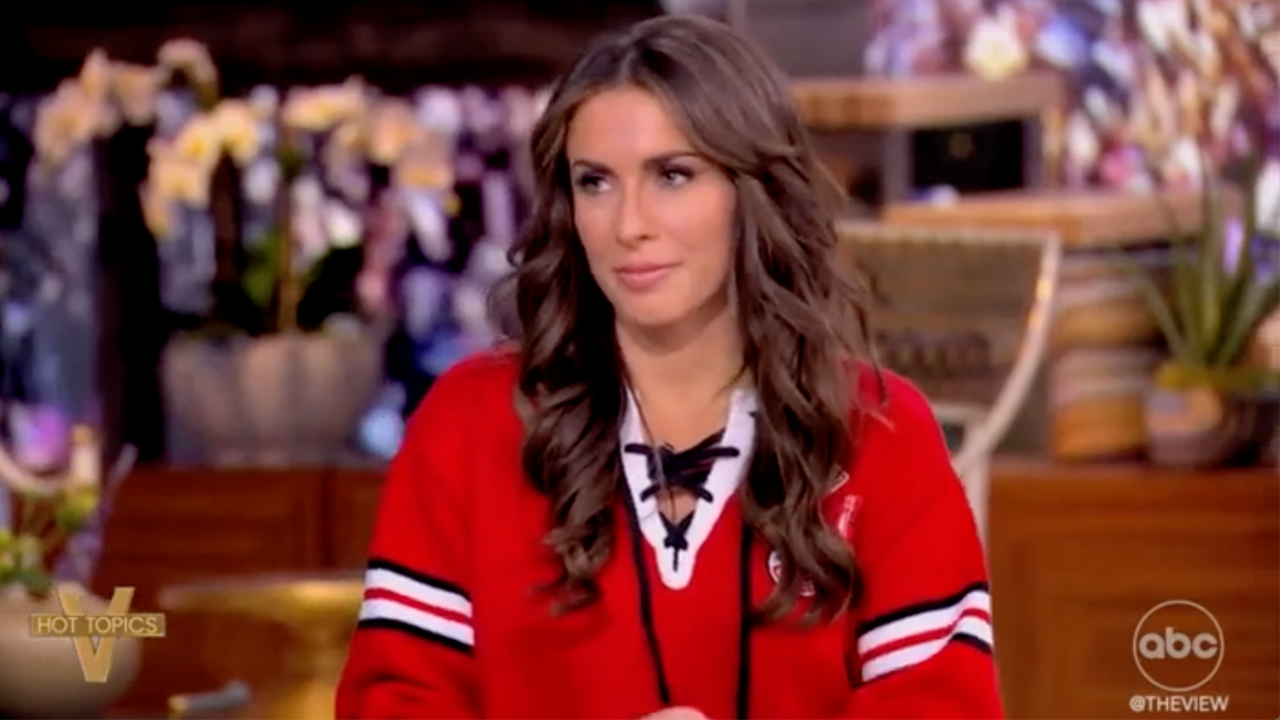
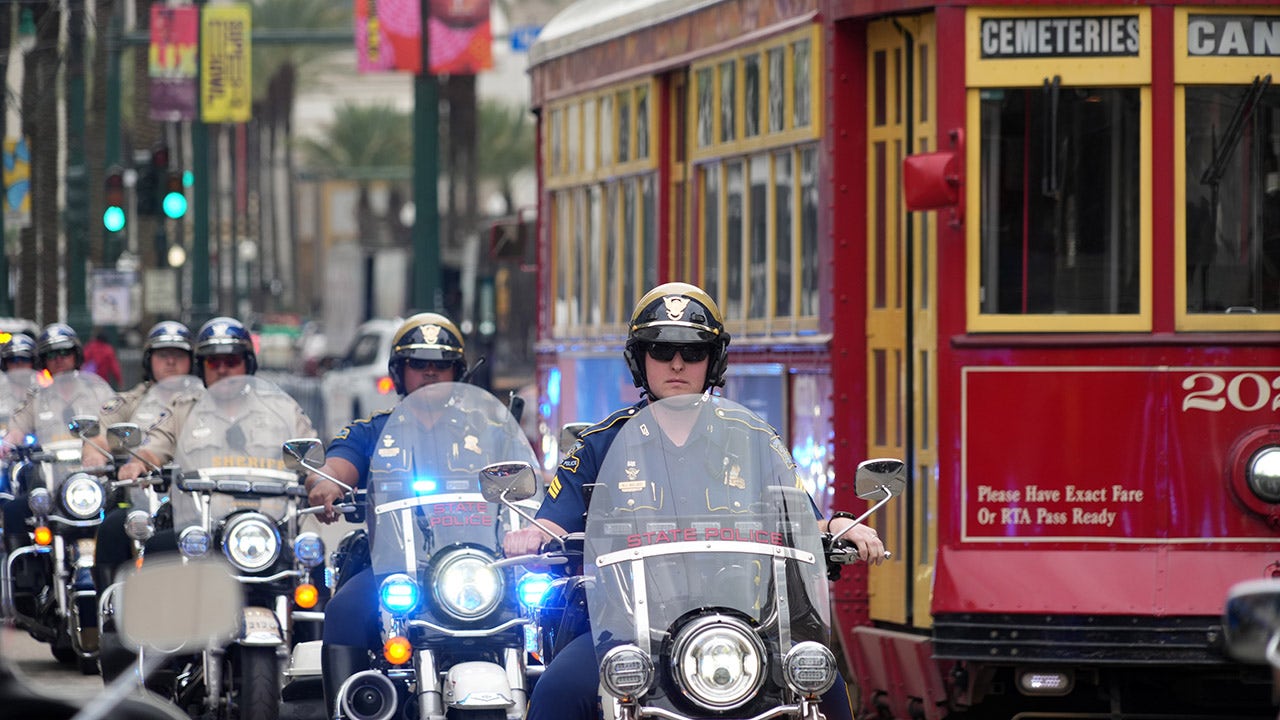




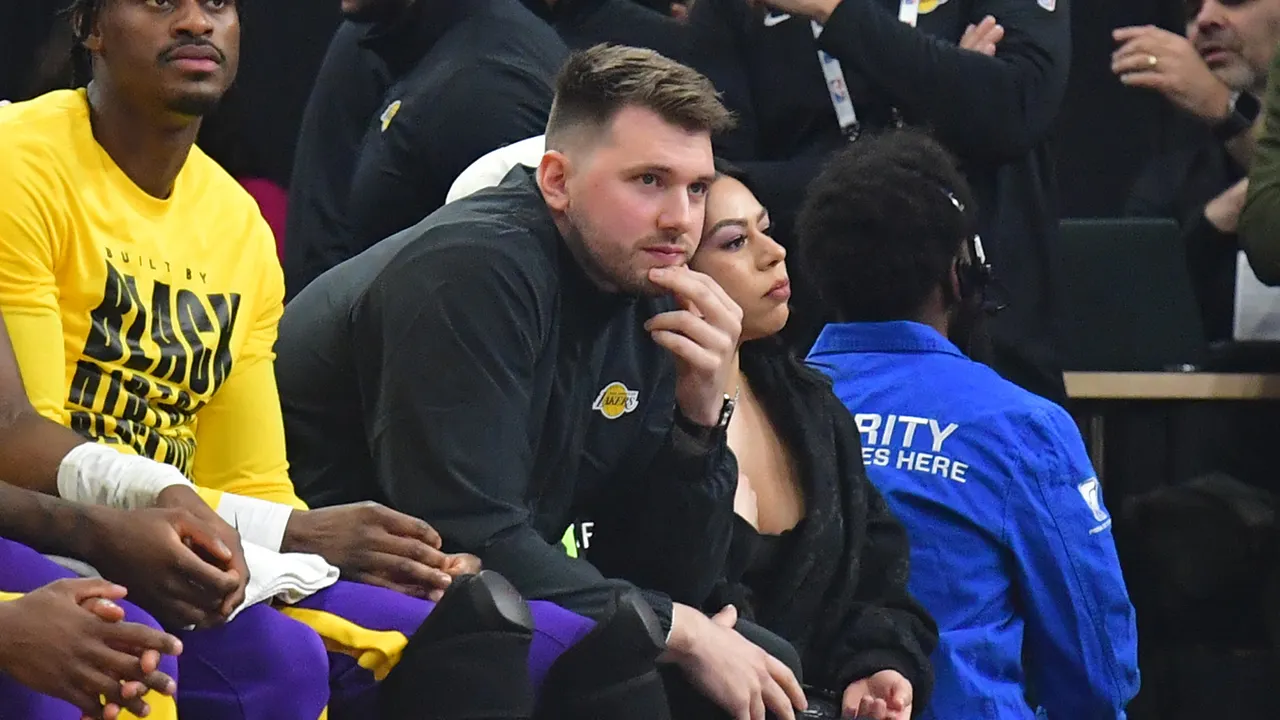



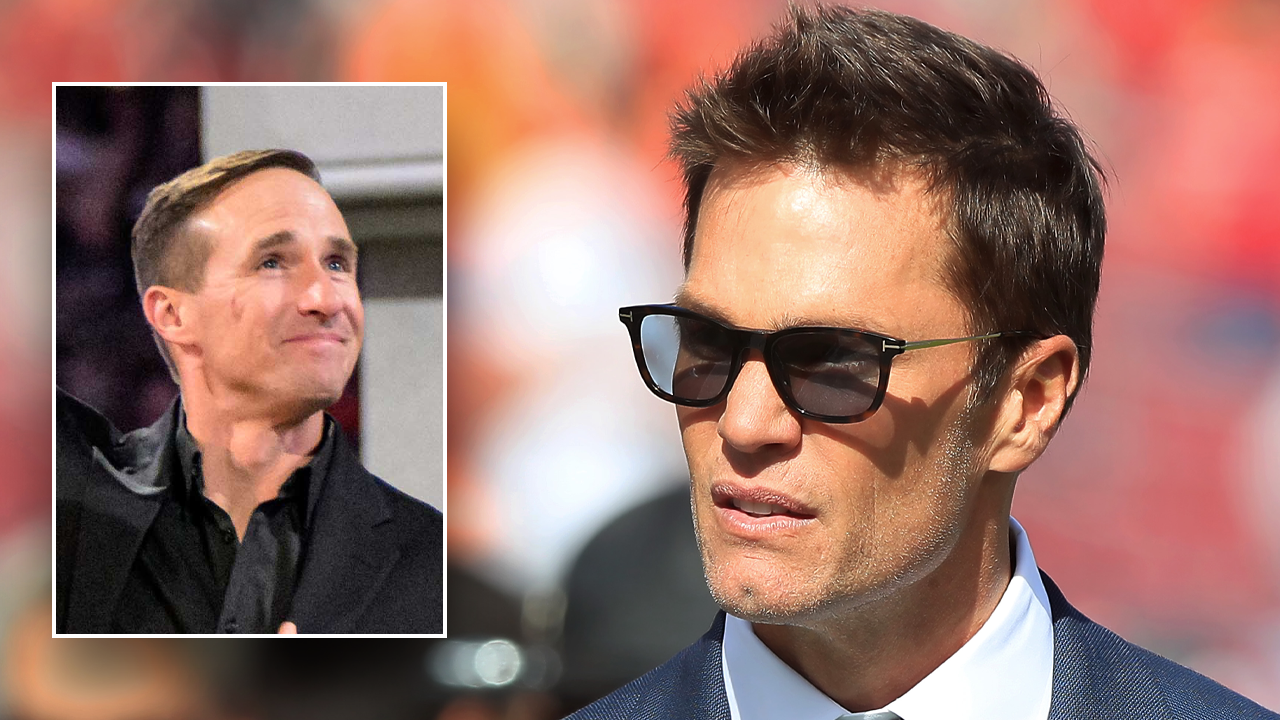




.png)

.png)
.png)
.png)




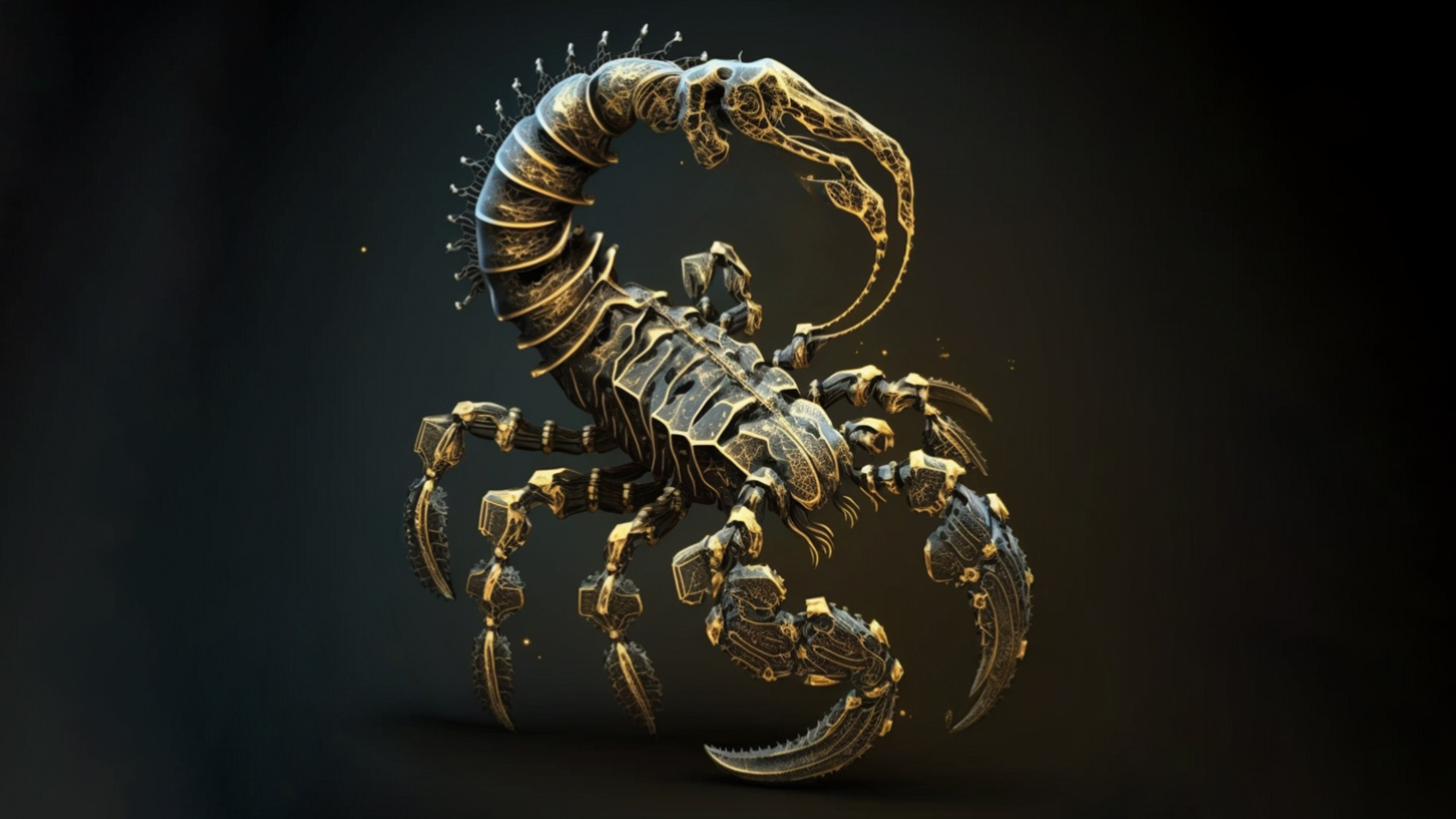
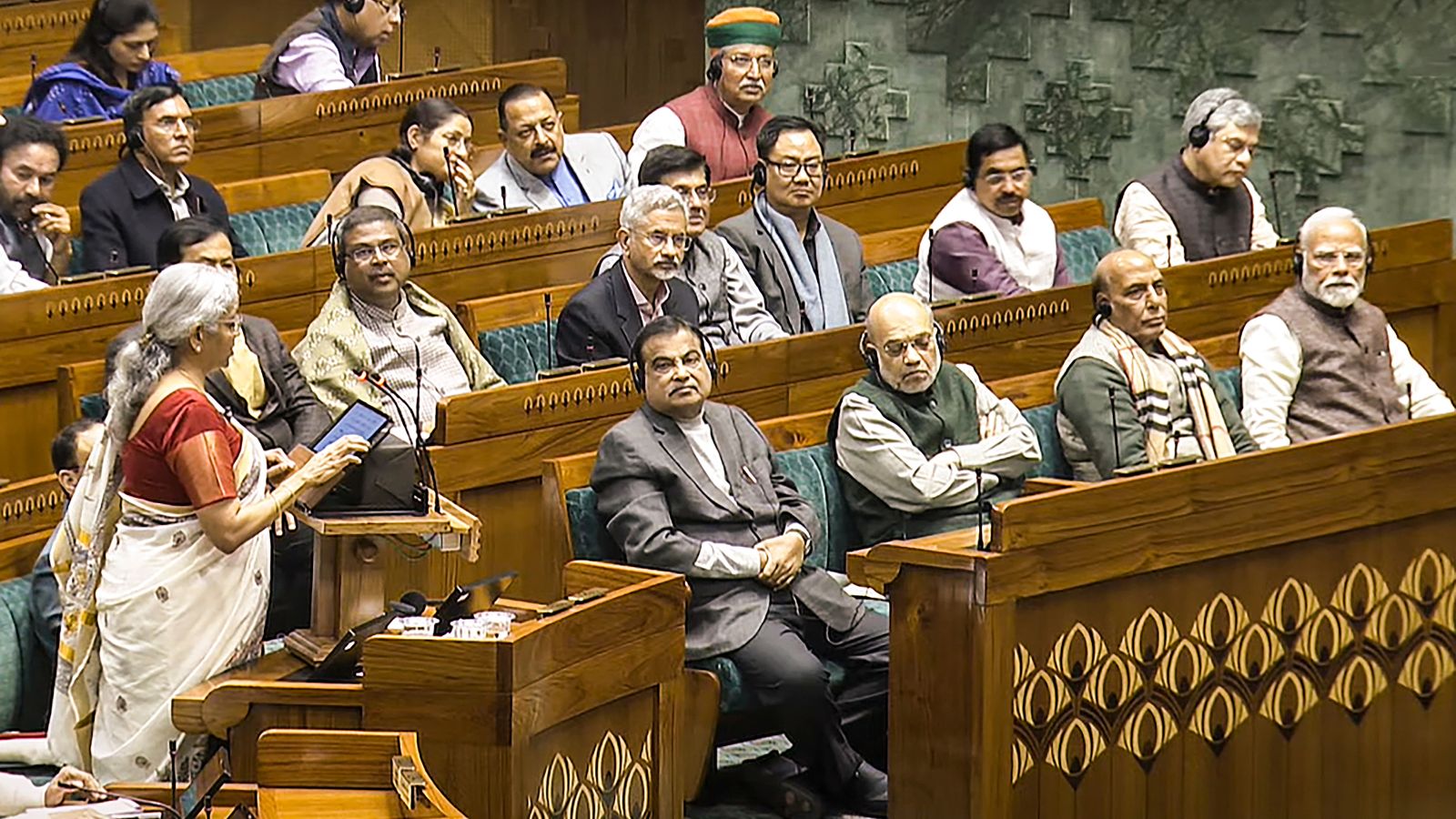







 English (US) ·
English (US) ·  Hindi (IN) ·
Hindi (IN) ·